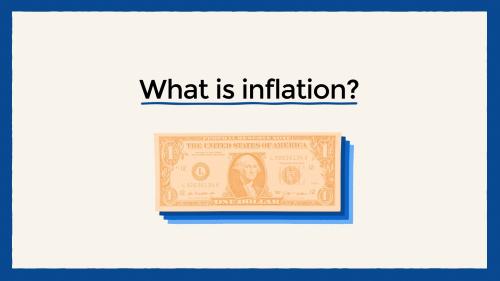The European Union (EU) has settled into a “new normal” of mediocre growth, with real GDP set to expand by about 2 percent in 2015 and in 2016. With sizeable unemployment and still not full capacity utilization, this weak pace of expansion is a clear reminder that there is a more profound and longer-term crisis in Europe than the economic and financial turmoil of 2007-08, the recession in 2012, and the challenges of the southern cone that required large International Monetary Fund programs.
Few of the challenges that have plagued Europe this century have been resolved. Government spending and debt are up, yet potential growth is weak. Fixed investment has declined substantially to lows not seen in decades. Medium-term risks are elevated, but with fiscal space greatly reduced and with monetary policy in unconventional territory, policymakers have precious little ammunition to tackle any future shocks.
Before talking about the short- and medium-term challenges, it helps to put Europe’s successes in perspective. So much has been achieved, and so much is at stake. Following the Golden Growth report, there are six lenses—grouped in pairs—to assess Europe’s achievements:
- Trade and finance (“convergence machine”): With capital flowing from rich to poor, every EU member has become a high-income economy (save for Bulgaria and Romania for now).
- Enterprise and innovation (“brand Europe”): The post-WWII miracle—with growth well above that in the U.S. for 20 years—created jobs, exports, and prosperity. Of late, enterprise Europe has been challenged. The employment rate in the EU averages about 50 percent versus 60 percent in the U.S. and in Latin America and 70 percent in emerging Asia. The story is similar on innovation. The leaders in the EU—Germany, Finland, Sweden, and Austria—are on par with the U.S. in terms of spending on research and development (R&D), and R&D intensity. But the gap between these countries and the rest of the EU are very large.
- Government and labor (“lifestyle superpower”): Government spending is about 10 percent of GDP higher than in the U.S., Japan, and Australia. And most of this is due to social protection.
The medium- to long-term challenges that stem from these six lenses are clear. Equally clear though are the short- to medium-term issues that the EU is focusing on. Let me highlight two issues: fiscal rules and investment.
- Fiscal rules: Despite the rules in place under the EU treaties, large fiscal deficits and rising government debt were tolerated in good times. For the 28 EU countries during the economic boom from 2001-07, fiscal deficits were larger than 3 percent of GDP nearly half the time. And when countries are profligate in good times, market sentiment forces fiscal prudence in bad times even though that is bad economics and even worse politics.
- Investment: EU fixed investment declined from 22 percent of GDP on average during 2000-08 to 20 percent on average in 2009-14, or by about 350 billion euros. The EU now invests the equivalent of 19 percent of GDP, lower than the 21 percent invested in the U.S., and the lowest as a share of GDP in at least three decades.
Why is investment in the EU low and how could Europe close the investment gap?
Public investment fell by 0.25 percent of GDP in 2009-14 on average compared to the pre-crisis years, or just a tenth of the decline in overall fixed investment. Nonetheless, a fiscal rule that allowed for more countercyclical fiscal policy would have been accompanied, very likely, by an increase, rather than a decrease, in public capital spending.
Infrastructure done well is an excellent idea. There is much more to do on transport in the EU. Energy is expensive and there is a longer path to clean, abundant energy for development. At the same time, it is essential to ensure professional and high quality review and monitoring of projects. Europe has built a lot of first class infrastructure that has connected the continent and allowed trade to blossom. But there are also plenty of gleaming railway stations in places with few inhabitants funded because of political considerations.
Housing investment declined quite a bit in some countries. In aggregate, however, the decline is about 0.25 percent of GDP in 2009-14. The decline in nonresidential private investment has been the largest compared to the years before the crisis, mainly due to increased uncertainty, inadequate venture finance, a challenging business environment, and risk averse banks. A lack of bankable projects is often quoted as a reason by the very banks that are tightening lending standards despite record low interest rates. Combine that with a more timid approach to risk-taking than in the U.S., inadequate venture finance, a more constrained business environment, a lower, on average, innovation capacity, and private investment has plenty of reasons to be subdued.
Thus, helping improve the business environment is the key to bolstering investment and growth in the EU. Ambitious targets—for example, making the EU the most business-friendly region in the world in 10 years—would do wonders. On the public side, rethinking fiscal rules merits attention. A rule that focuses on debt and spending, rather than the deficit, with proper escape clauses, would be appropriate to consider.



Commentary
Reforming fiscal rules and boosting investment to avoid the ‘new normal’ in Europe
December 16, 2015